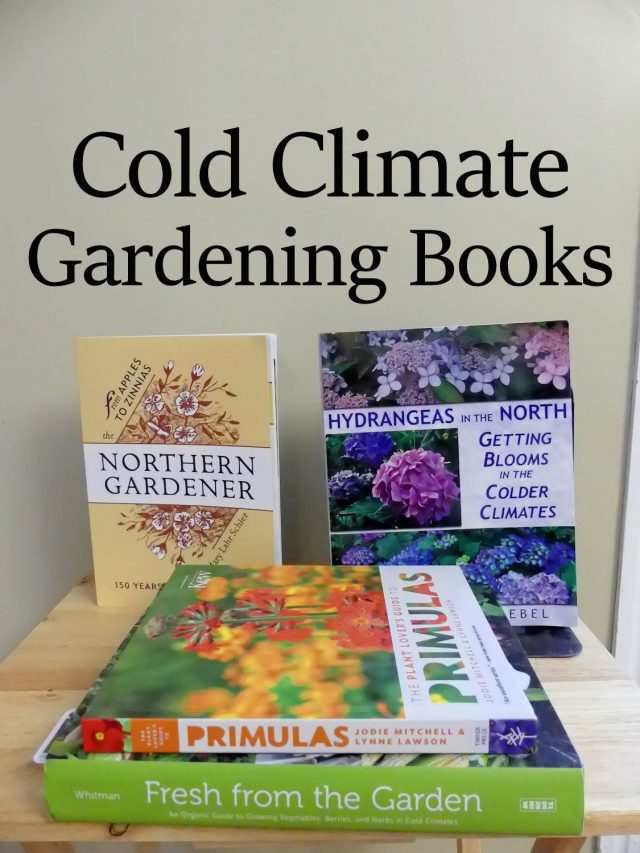

You can find many great gardening books, but when you see instructions such as “plant early spring and thin in April” and think “April early Spring where I live”, you may have to adjust your mentality to what the author says. It’s refreshing to find a gardening guide that is written for cold climates. You don’t need to adjust your planting schedule or worry about whether the plants will survive winter. The author knows what you are going through. A-a-ah!
In a post I made a couple of years back, I collected all the books that I had on cold climate gardening. It was my intention to update the list as I discovered new books. I didn’t. ( You can find all book reviews here. ) Below, I have reviewed four books I think I should add to my list. I receive a small Amazon commission if you purchase something after clicking on one of my links.
The Northern Gardener
Minnesota is completely in USDA Hardiness Zones 3 & 4. The map shows a tiny bit of Zone 5 (okay, it’s just a little). When Mary Lahr Schier writes a book titled The Northern Gardener as the editor of Minnesota State Horticultural Society (MSHS)’s Northern Gardener magazine, you can be sure it is about cold climate gardening by someone who knows what they are talking about. The book is written from a northern perspective so there will be no inappropriate advice, and you’ll get the right bloom times. It’s a basic book on gardening, but with a twist. At the beginning of every chapter there is a quotation from the MSHS archives as well as some agricultural history relevant to that chapter. The struggles and victories of these pioneer gardeners were fascinating. I am grateful for the pioneer gardeners and their struggles and triumphs. I also realize that I’m not the only one who has garden challenges and successes. This really takes the book to another level.
I was also a little jealous after reading the Northern Gardener. The vast majority of people in my state garden in a warmer climate than mine. Nurseries, newspaper columns and even cooperative extension all focus on providing plants and information for this majority. Do you know where I can find the ‘Northern Strain Redbud’ in New York? Does my local rose association know about “875 roses which grow well in northern climates” as does the Minnesota Rose Society? Where can I find ‘Above and Beyond’, “a peachy climber that is extremely hardy and has a lot of blooms”? I’ll have to wait until the end of winter for the answers.
Fresh from the Garden
Fresh from the Garden: An organic guide to growing vegetables, berries, and herbs in cold climates is an encyclopedia in scope, with a very even-handed presentation of topics on which many gardeners hold strong opinions. He discusses, for instance, “Types of Gardens” which includes beds and borders, compost gardens, community gardens and guerilla gardening, container gardens, lasagna gardens, level gardens and mulched gardens. Raised-bed gardens are also discussed, as well as straw bale gardens and vertical gardening. Each type of garden is described in sufficient detail to allow you to make an informed decision. The first part of the book has chapters that are equally comprehensive and thorough.
The second section of the book explains how to grow specific vegetables, herbs, and berries. The book covers all the usual vegetables, but also some that can be difficult to grow in cold climates such as melons and sweet potatoes. He lists entries for 36 different greens (not including lettuce which has its separate entry) and 29 different herbs. Then he has Unique Plants, a section with 24 entries. This includes everything from Artichoke beans to Yardlong Bean. Many of the plants in the Greens Section were also “unique”. Hanover Kale and Malva I had never heard of before. It was odd to me that Nasturtiums were not included in the Unique Plants or Herbs section, but Gooseberries were deemed unusual enough to appear in this section. I was surprised to see that edible honeysuckle which is a very hardy plant, was not included. Whitman may not have grown them.
You will enjoy the book if you have been growing vegetables for some time. It contains many tips and techniques, as well as a list of new vegetables that you can grow. This book can be overwhelming if this is your first time growing vegetables. Whitman recommends that you read the entire first section before starting. This is one hundred and twenty pages in very small print. Instead, I would suggest that you buy Dee Nash’s The 20-30 Something Garden Guide along with Whitman’s. You can look up vegetables in Whitman’s book and follow Dee’s plan of starting small each year to build on your success. This book is not only for cold climate gardeners but also any vegetable gardener. The first section contains general information and the second includes a list of edibles. This book is a real achievement. It has a refreshing candor you don’t find often in reference books.
Hydrangeas in the North
Tim Boebel has written Hydangeas in North: Getting blooms in colder climates if you are struggling to get blue or pink flowering hydrangeas into bloom. He has developed a technique for pruning H. macrophylla and H. He has perfected a pruning technique to get the most bloom possible out of H. serrata. Serrata. H. Both are hardy in USDA Zone 3 and H. Boebel covers them in his book as well as H. Quercifolia is hardy up to Zone 5. Boebel’s knowledge of hydrangeas is impressive. He has learned so much through his own trial and error, and by observing closely. The book and site both feature the most popular cultivars of each species. And the garden center where Boebel works, near Rochester, NY has over 200 cultivars. Anyone up for a road trip?
The Plant Lover’s Guide to Primulas
Most primroses can withstand cold temperatures. Most of them require consistent moisture which my clay soil provides. Many of the primroses in The Plan Lover’s guide to Primulas, by Jodie Mitchell & Lynne Lawson, are hardy up to Zone 4 and others are hardy as far as Zone 3. This book has everything you need to know, as well as a lot of delicious pictures, if you have moist, rich soil. The authors assure me that they have only chosen the most garden-friendly species, which have proven their worth. I now have several types of primroses in my garden, and many are multiplying. What are you waiting?
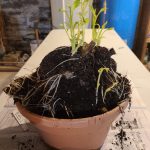
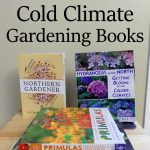


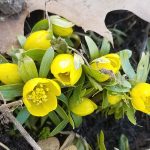
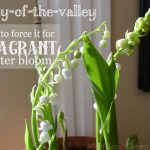

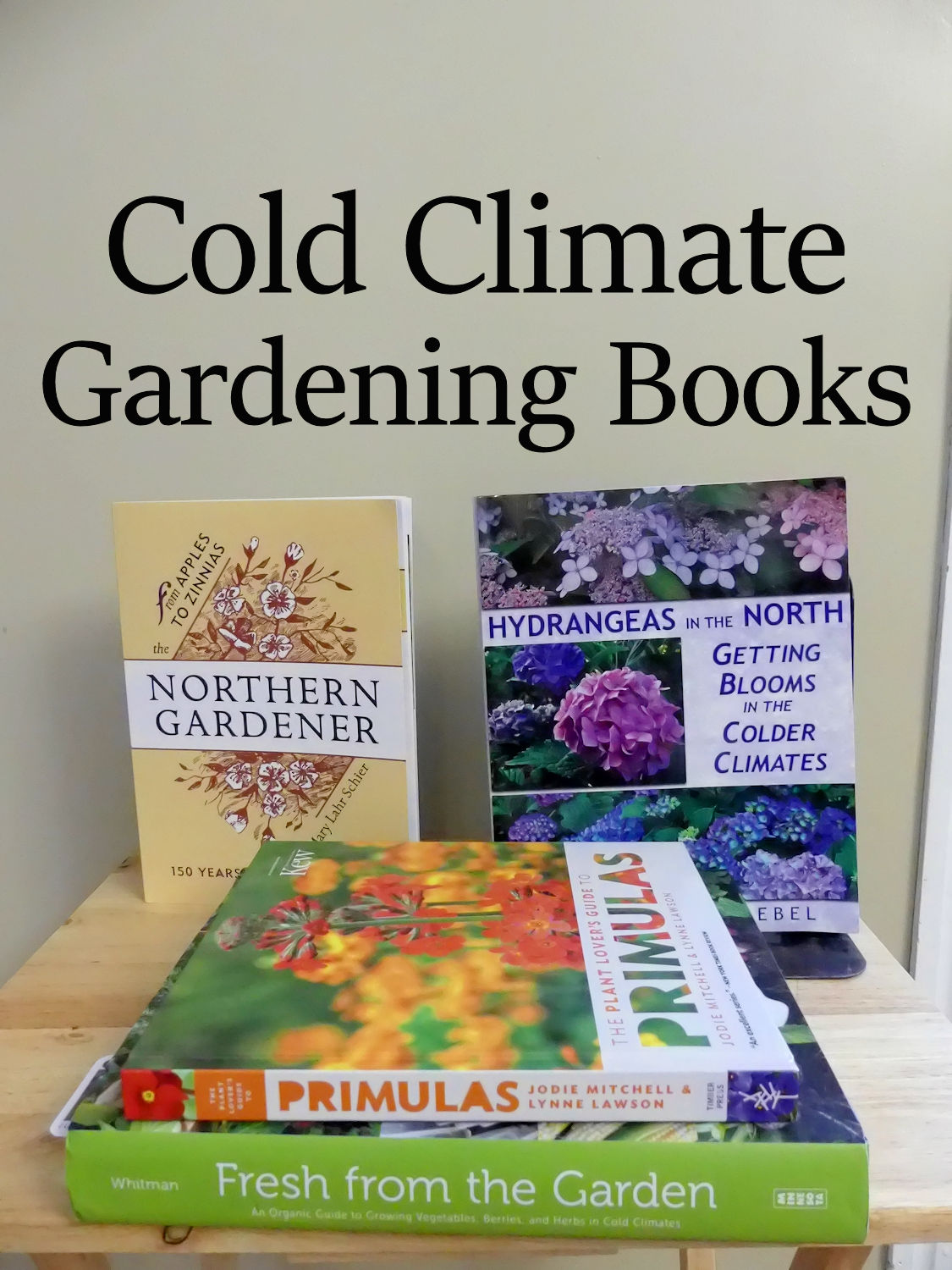
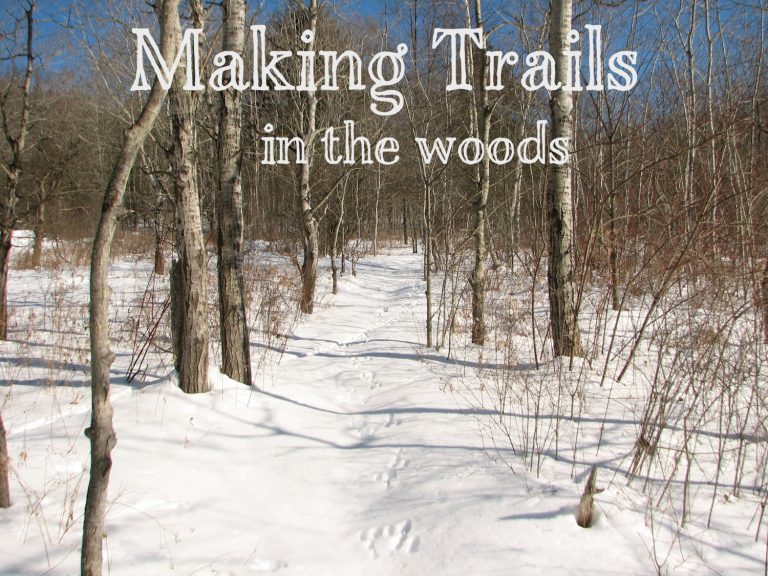
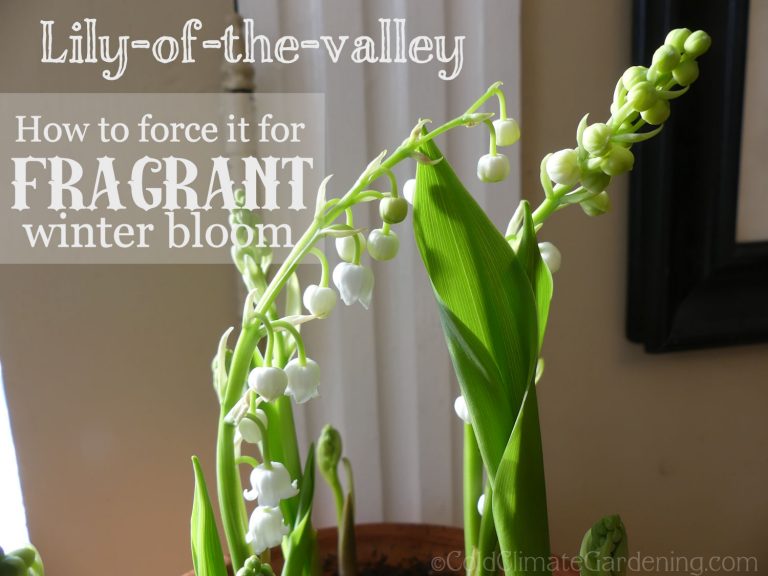
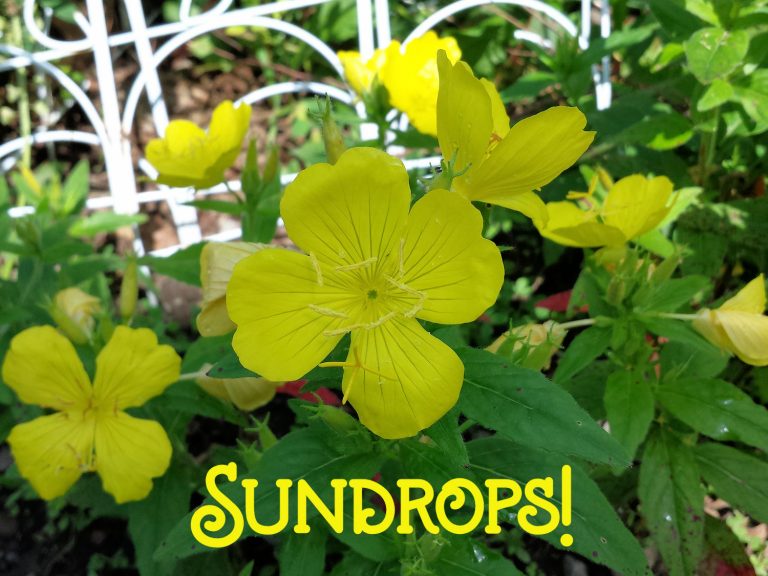
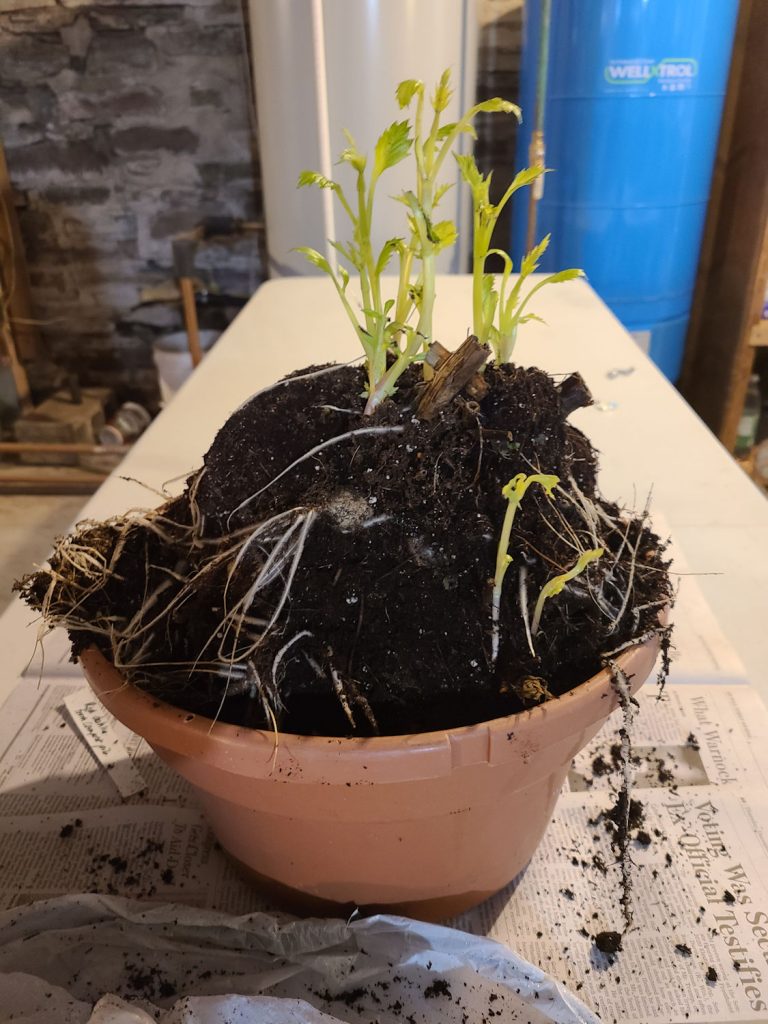
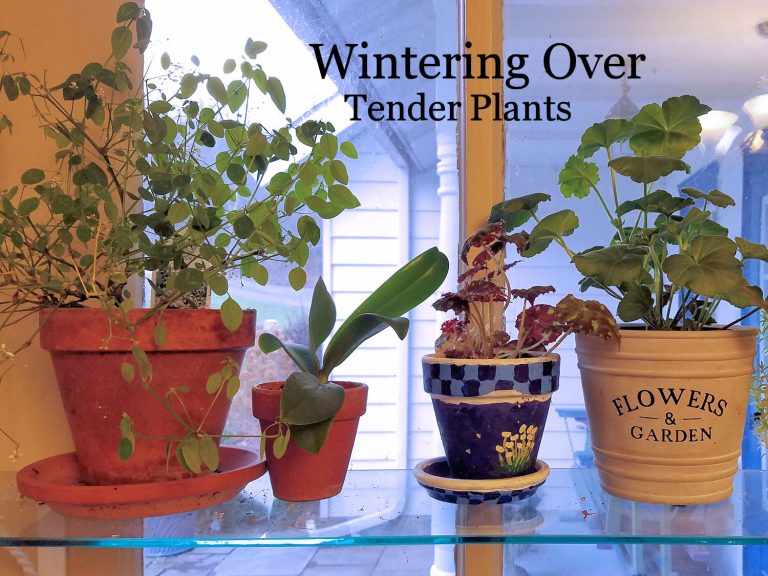
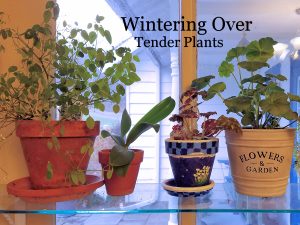
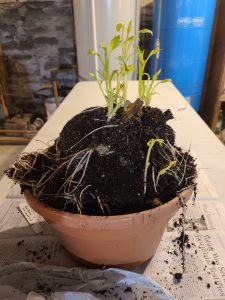
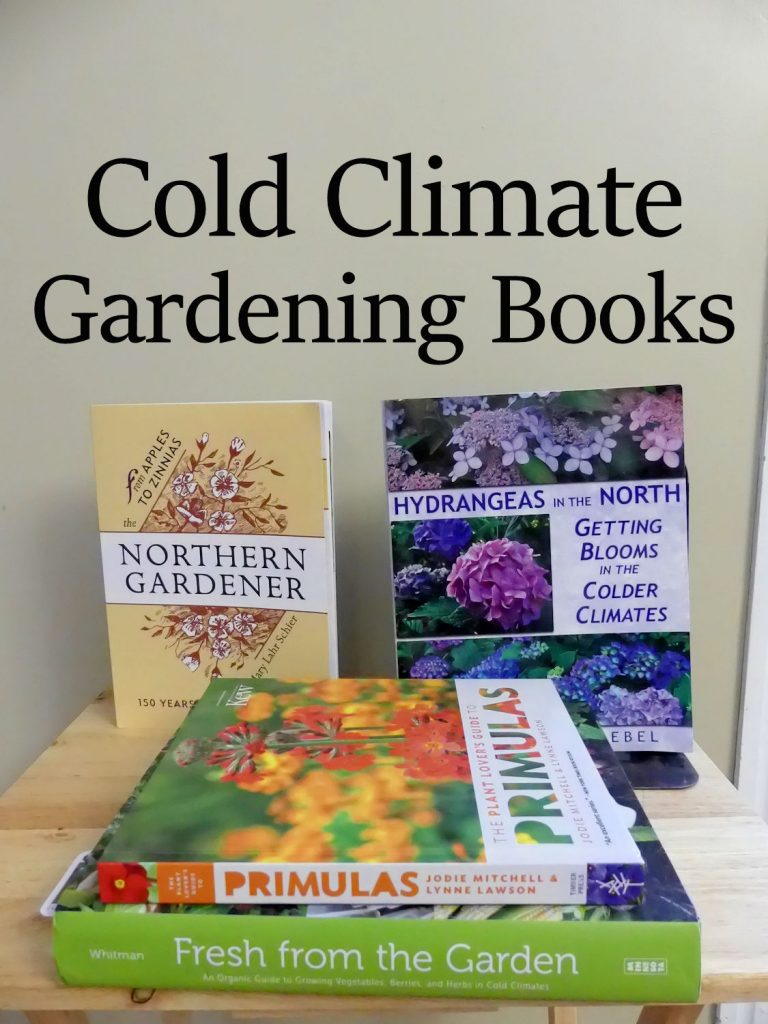
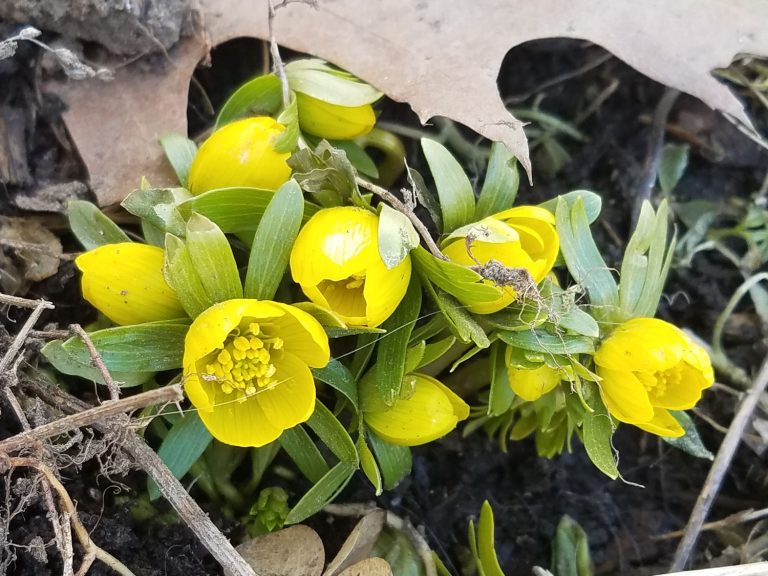
+ There are no comments
Add yours